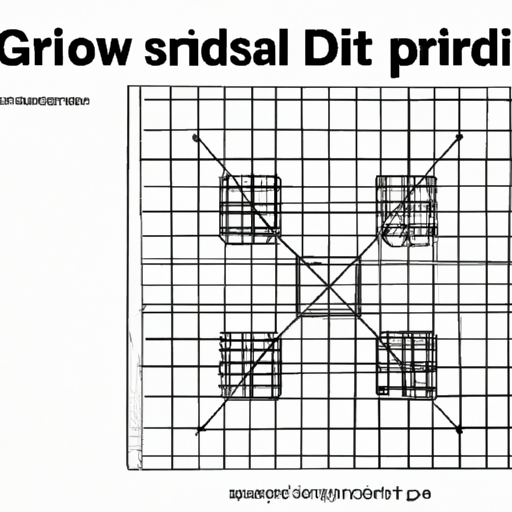Title: Understanding Grid Drive: A Comprehensive Overview

1. Basics of Grid Drive (200 words) Grid drive is a technique used to control the flow of electrons in vacuum tubes, primarily triodes and pentodes. It involves applying a voltage to the grid electrode, which modulates the electron flow between the cathode and anode. The grid acts as a gate, regulating the current passing through the tube.
2. Working Principle of Grid Drive (300 words) The grid drive circuit consists of a signal source, coupling capacitor, grid resistor, and biasing components. The signal source provides the input signal, which is coupled to the grid through the coupling capacitor. The grid resistor limits the current flowing into the grid, preventing damage to the tube.
When an input signal is applied, it causes the grid voltage to vary, resulting in a corresponding variation in the electron flow. This modulation of the electron flow allows the amplification of the input signal. The biasing components ensure that the tube operates within its desired operating range.
3. Significance of Grid Drive (300 words) Grid drive is essential for achieving efficient and distortion-free amplification in vacuum tube circuits. It enables precise control over the electron flow, allowing for accurate amplification of the input signal. Without proper grid drive, the tube may operate in a non-linear region, leading to distortion and poor performance.
Grid drive also helps in impedance matching between the signal source and the tube. By adjusting the grid voltage, the input impedance of the tube can be matched to the output impedance of the signal source, maximizing power transfer and minimizing signal loss.
Furthermore, grid drive plays a crucial role in preventing grid current, which can damage the tube. The grid resistor limits the current flowing into the grid, ensuring that the tube operates within its safe limits. It also helps in stabilizing the bias point, preventing unwanted variations in the tube's operating conditions.
4. Types of Grid Drive Circuits (300 words) There are various types of grid drive circuits, each with its advantages and applications. Some common types include cathode bias, fixed bias, and self-bias.
- Cathode bias: In this configuration, the cathode resistor is used to provide the bias voltage. It simplifies the circuit design but may result in lower gain and increased distortion.
- Fixed bias: This configuration uses a separate bias power supply to provide a constant bias voltage. It offers better control over the operating point but requires additional components.
- Self-bias: Also known as automatic bias, this configuration uses a resistor-capacitor (RC) network to provide the bias voltage. It offers simplicity and stability but may have limited control over the operating point.
Conclusion (100 words) Grid drive is a fundamental concept in vacuum tube amplifiers, ensuring efficient and distortion-free amplification. By understanding the working principle and significance of grid drive, engineers and enthusiasts can design and optimize electronic circuits for optimal performance. Whether it's achieving impedance matching, preventing grid current, or maintaining stability, grid drive plays a crucial role in the world of vacuum tube technology.
